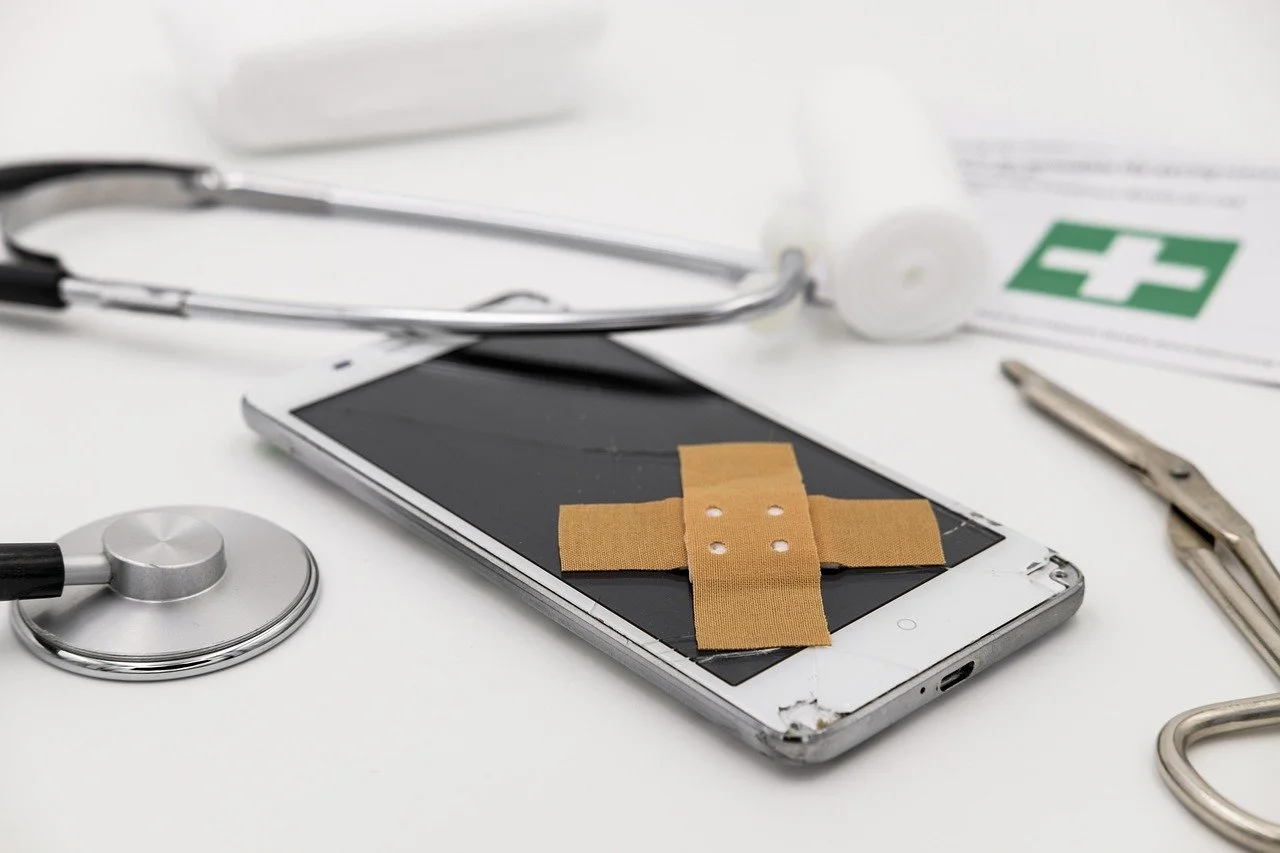Bell's Palsy
Bell's Palsy
Bell’s Palsy is a nerve condition that can develop after vaccination, often due to an abnormal immune response that causes inflammation of the facial nerve (cranial nerve VII).
This nerve controls the muscles on one side of the face, and when it becomes inflamed or compressed, it disrupts normal nerve signaling. The result is sudden weakness or paralysis of facial muscles, usually affecting just one side of the face.
The symptoms often begin suddenly—sometimes within hours or days after a vaccination—and can cause visible facial drooping or difficulty moving parts of the face.
Inflammation of the facial nerve can also affect taste, tear production, and sound sensitivity, making everyday activities challenging.
Warning signs may include:
Weakness or complete paralysis on one side of the face
Drooping of the mouth or eyelid
Inability to close one eye or smile symmetrically
Sudden loss of taste or changes in how food tastes
Pain or discomfort around the jaw or behind the ear
Increased sensitivity to sound in one ear
If you or your child developed sudden facial weakness or paralysis after receiving a vaccination, you may have a claim. But there is limited time to file a claim, so if you may have a claim, then contact our firm right away to begin your claim for compensation.
-
Bell’s Palsy is a sudden, temporary weakness or paralysis of the muscles on one side of the face.
It occurs when the facial nerve (cranial nerve VII) becomes inflamed or compressed, disrupting the signals between the brain and the facial muscles.
Usually affects just one side of the face.
Can cause facial drooping, inability to close one eye, or an uneven smile.
Often appears suddenly, within hours or overnight.
Most cases are temporary and improve over weeks to months.
-
Yes. Although most cases are caused by viral infections, rare instances of Bell’s Palsy have been reported following certain vaccinations.
Believed to result from an abnormal immune response that causes inflammation of the facial nerve.
This can occur when the immune system, activated by the vaccine, mistakenly attacks nerve tissue.
Bell’s Palsy has been observed in rare cases following vaccines such as influenza, meningococcal, and COVID-19 vaccines, though causation is still being studied.
The National Vaccine Injury Compensation Program (VICP) recognizes Bell’s Palsy as a potential vaccine-related injury in specific circumstances.
-
Symptoms of Bell’s Palsy can develop quickly, often over several hours, and may peak within 1–2 days.
Sudden weakness or paralysis on one side of the face.
Drooping of the mouth, cheek, or eyelid.
Difficulty smiling, blinking, or closing one eye.
Loss of taste on one side of the tongue.
Pain or discomfort around the jaw or behind the ear.
Tearing or drooling due to loss of muscle control.
Heightened sensitivity to sound in one ear (hyperacusis).
Many describe the feeling as if “half of the face has stopped working.”
-
Treatment focuses on reducing inflammation and protecting the eye until movement returns.
Corticosteroids (like prednisone) are the primary treatment and most effective when started within 72 hours.
Antiviral medications may be used if a viral infection is suspected.
Eye protection is critical — artificial tears or eye patches help prevent dryness and injury.
Physical therapy can strengthen facial muscles and improve recovery.
Most people recover within 3–6 months, though some may have lingering weakness or mild asymmetry.
-
Affects about 15 to 30 people per 100,000 each year.
1 in 60 individuals may experience Bell’s Palsy during their lifetime.
Occurs slightly more often in adults aged 15–60.
Most recover fully — around 70–85% regain normal facial function.
A small percentage (10–15%) experience lasting weakness, twitching, or mild paralysis.
Reported vaccine-associated cases are very rare, but recognized under VICP when a clear temporal relationship exists.
